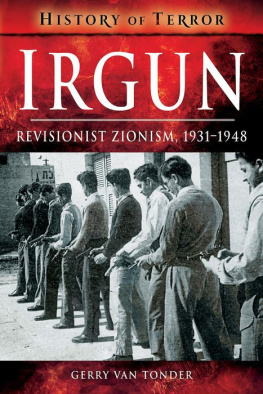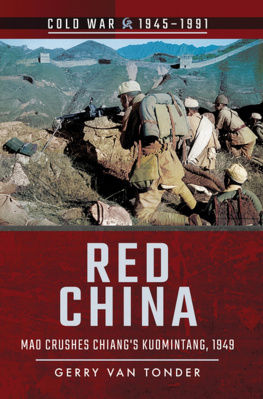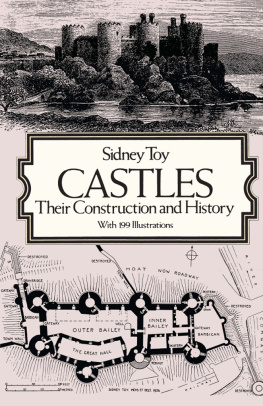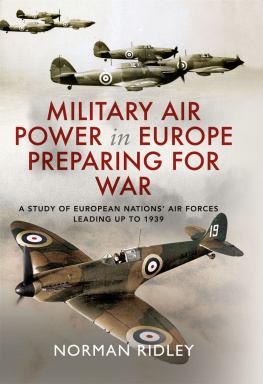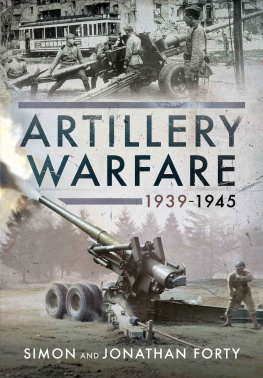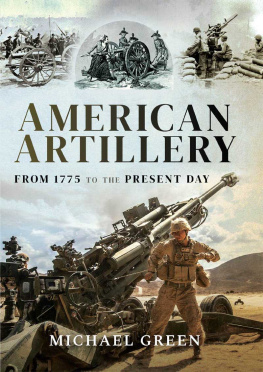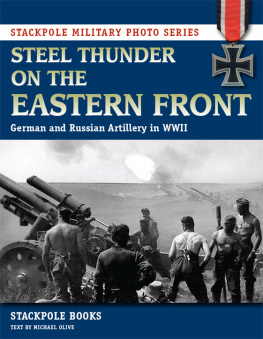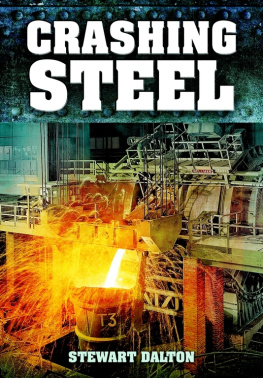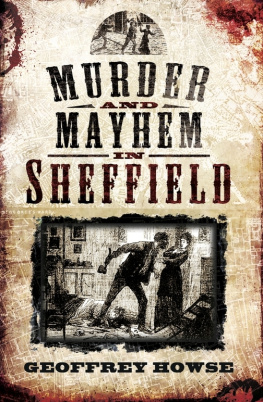Gerry van Tonder - Sheffields Military Legacy
Here you can read online Gerry van Tonder - Sheffields Military Legacy full text of the book (entire story) in english for free. Download pdf and epub, get meaning, cover and reviews about this ebook. year: 2018, publisher: Pen and Sword Military, genre: Non-fiction. Description of the work, (preface) as well as reviews are available. Best literature library LitArk.com created for fans of good reading and offers a wide selection of genres:
Romance novel
Science fiction
Adventure
Detective
Science
History
Home and family
Prose
Art
Politics
Computer
Non-fiction
Religion
Business
Children
Humor
Choose a favorite category and find really read worthwhile books. Enjoy immersion in the world of imagination, feel the emotions of the characters or learn something new for yourself, make an fascinating discovery.

- Book:Sheffields Military Legacy
- Author:
- Publisher:Pen and Sword Military
- Genre:
- Year:2018
- Rating:5 / 5
- Favourites:Add to favourites
- Your mark:
Sheffields Military Legacy: summary, description and annotation
We offer to read an annotation, description, summary or preface (depends on what the author of the book "Sheffields Military Legacy" wrote himself). If you haven't found the necessary information about the book — write in the comments, we will try to find it.
Steel production and downstream manufacturing would, however, be perpetually embedded in the military legacy of this seat of industrial innovation and production. The Vickers steel foundry was established in Sheffield in 1828. Following the manufacture of the factorys first artillery in 1890, Sheffield expanded to find itself a leading supplier in the First World War, feeding the military with shells, artillery, naval guns, armor plating, aircraft parts, torpedoes, helmets and bayonets. Sheffields contribution to the British war machine in the Second World War quickly attracted the attention of Nazi Germany. In December 1940, in an operation appropriately code-named Schmelztiegel, or Crucible, Sheffield suffered two major raids aimed primarily at steel and munitions factories.
A proud tradition of answering a call to the colors spawned the 84th Regiment of Foot, the Loyal Independent Sheffield Volunteers of the 1700s, the Hallamshire Rifle Volunteers raised in 1859, and the Sheffield Squadron, Yeomanry Cavalry. The 18991902 Anglo-Boer War would also have an enduring legacy: the Sheffield Wednesday football stadium was named Spioen Kop, while local road names include Ladysmith Avenue and Mafeking Place. On 1 July 1916, the Sheffield City Battalion fought in an heroic and costly, but hopeless, action on the Somme to capture the village of Serre. Through the Second World War right up to Afghanistan, Sheffields men and women in uniform have not been found wanting.
Sheffields rich military legacy portrayed in this publication is drawn from a cross section of representative units, home and foreign actions, uniformed personalities, barracks at the hub of musters, the caliber of gallantry including six Victoria Crosses as well as the immortality of names on memorials, such as the Sheffield Memorial Park in France.
Gerry van Tonder: author's other books
Who wrote Sheffields Military Legacy? Find out the surname, the name of the author of the book and a list of all author's works by series.


